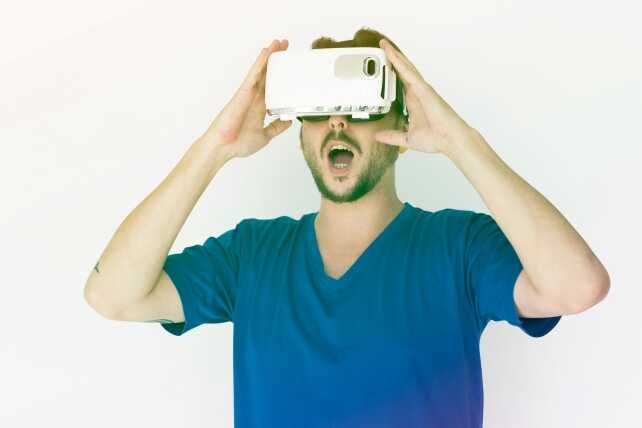Advanced digital tools are rapidly changing the landscape of medical education, and one of the most promising innovations is the use of virtual reality (VR) with haptic feedback in dental training. A recent multicenter study conducted at universities in Finland, Turkey, and Brazil confirms that VR not only enhances manual skills but also reduces stress levels and increases self-confidence among future dentists.
-
Dental students who begin training with VR simulators show greater psychomotor skills and more confidence.
-
The use of virtual reality in dental education reduces stress and anxiety associated with clinical procedures.
-
Technical limitations, high implementation costs, and resistance from faculty remain barriers to adoption.
-
Despite challenges, VR is a promising tool for improving the quality and precision of dental education.
What Does the Research Say About VR in Dental Education?
The international research team designed an experiment involving 40 dental students, divided into two groups:
-
Group 1 started with VR simulators featuring haptic technology, then moved on to practice on physical tooth models.
-
Group 2 followed the reverse order, beginning with physical models and using VR later.
Results were conclusive: students who started with VR demonstrated better manual dexterity, rated their skills more highly, and felt more confident in high-stress scenarios—such as accessing a tooth's pulp chamber.
How VR Enhances Learning and Reduces Stress
Both groups experienced lower stress levels after using the VR simulators. However, those who used VR first showed a significant decrease in anxiety before challenging procedures and reported greater readiness to work with patients.
What Do Dental Students Gain from VR?
Virtual reality in dental training offers multiple benefits:
-
Enables repetitive practice of procedures without putting real patients at risk
-
Provides objective performance feedback from advanced software
-
Improves psychomotor coordination and hand-eye precision
-
Prepares students with practical skills earlier in their education
Challenges to Implementing VR in Dentistry
Despite its benefits, the implementation of VR technology still faces important obstacles:
-
35% of respondents cited technical limitations such as low precision and a limited number of procedures available in simulations
-
28% of institutions reported difficulty purchasing the necessary equipment due to high costs
-
24% of faculty members noted resistance to VR adoption among both educators and students
The Future of Virtual Reality in Dental Training
Experts agree: virtual reality holds enormous potential in preclinical dental education. As simulators become more advanced and affordable, VR could become a standard tool in modern dental curricula, giving students more opportunities to gain experience before treating real patients.
Key Takeaways
-
VR increases educational effectiveness, particularly in manual and psychomotor skill development.
-
Stress reduction among students improves their readiness for clinical practice.
-
Safe, realistic simulations allow for error-free learning environments.
- Support and mindset shift among faculty are needed for broader adoption in dental schools.





